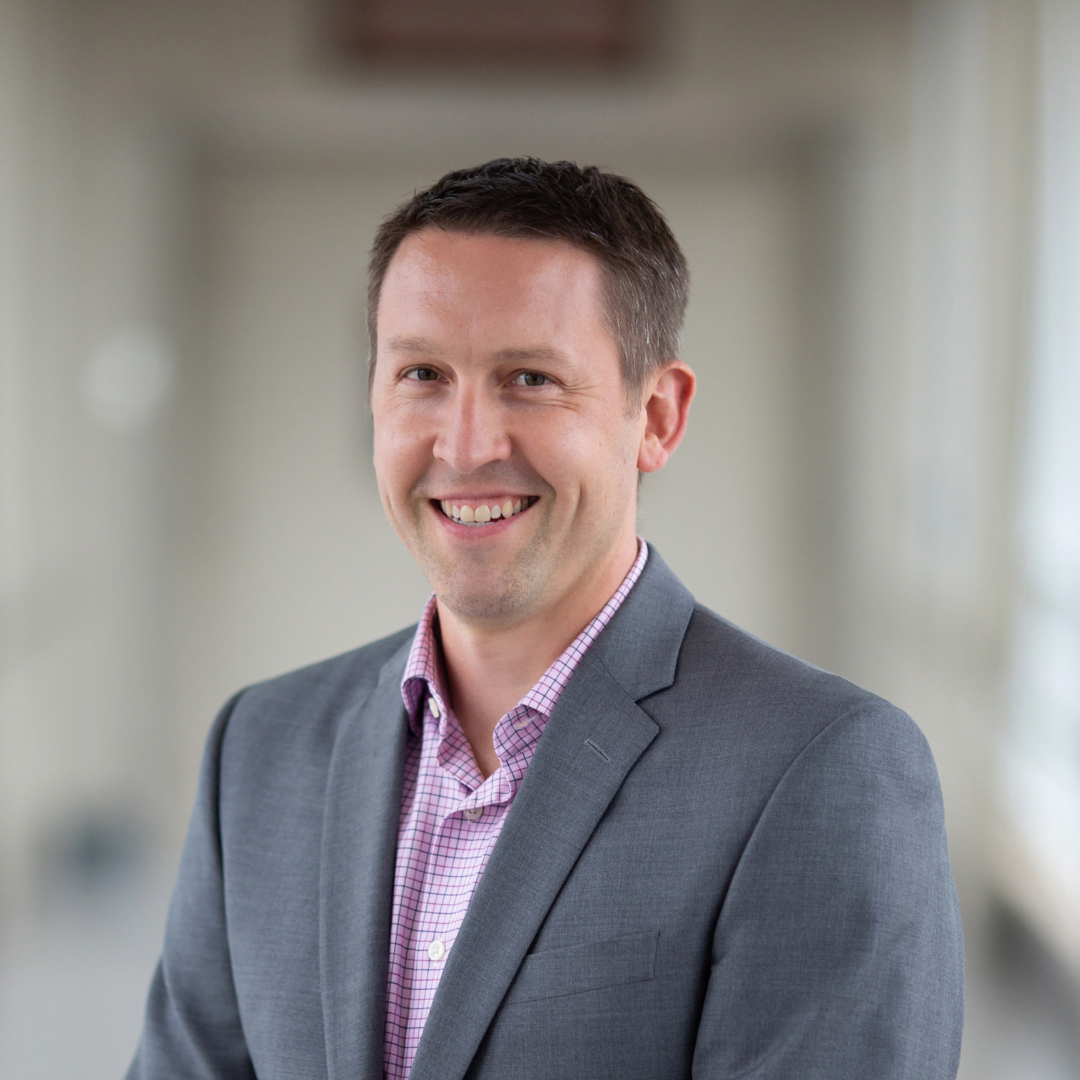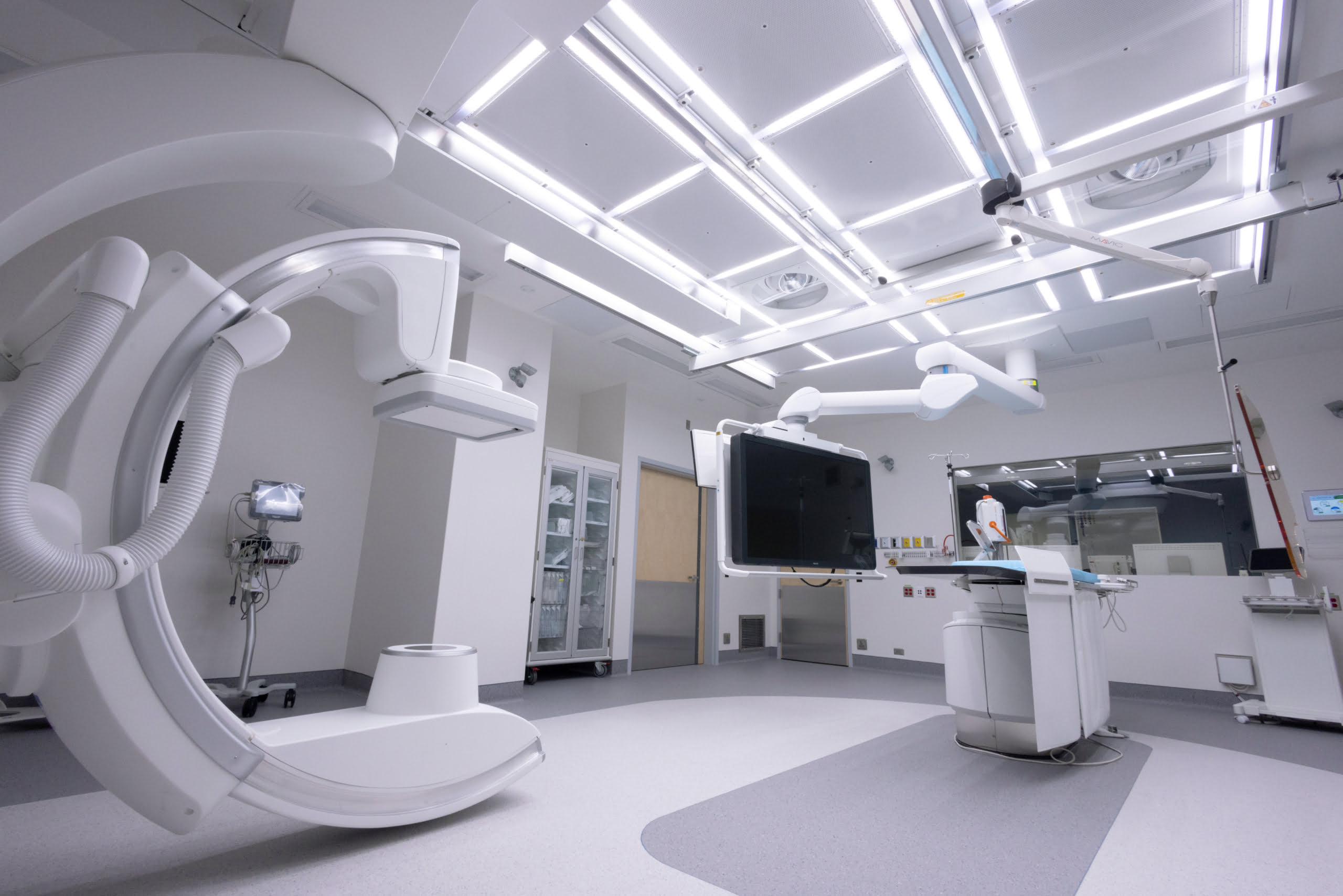ADVANCEMENTS IN EMERGENCY CARE
HIGH TECH & HANDS-ON
INSIDE THE PRITCHARD SIMULATION CENTRE AT KGH
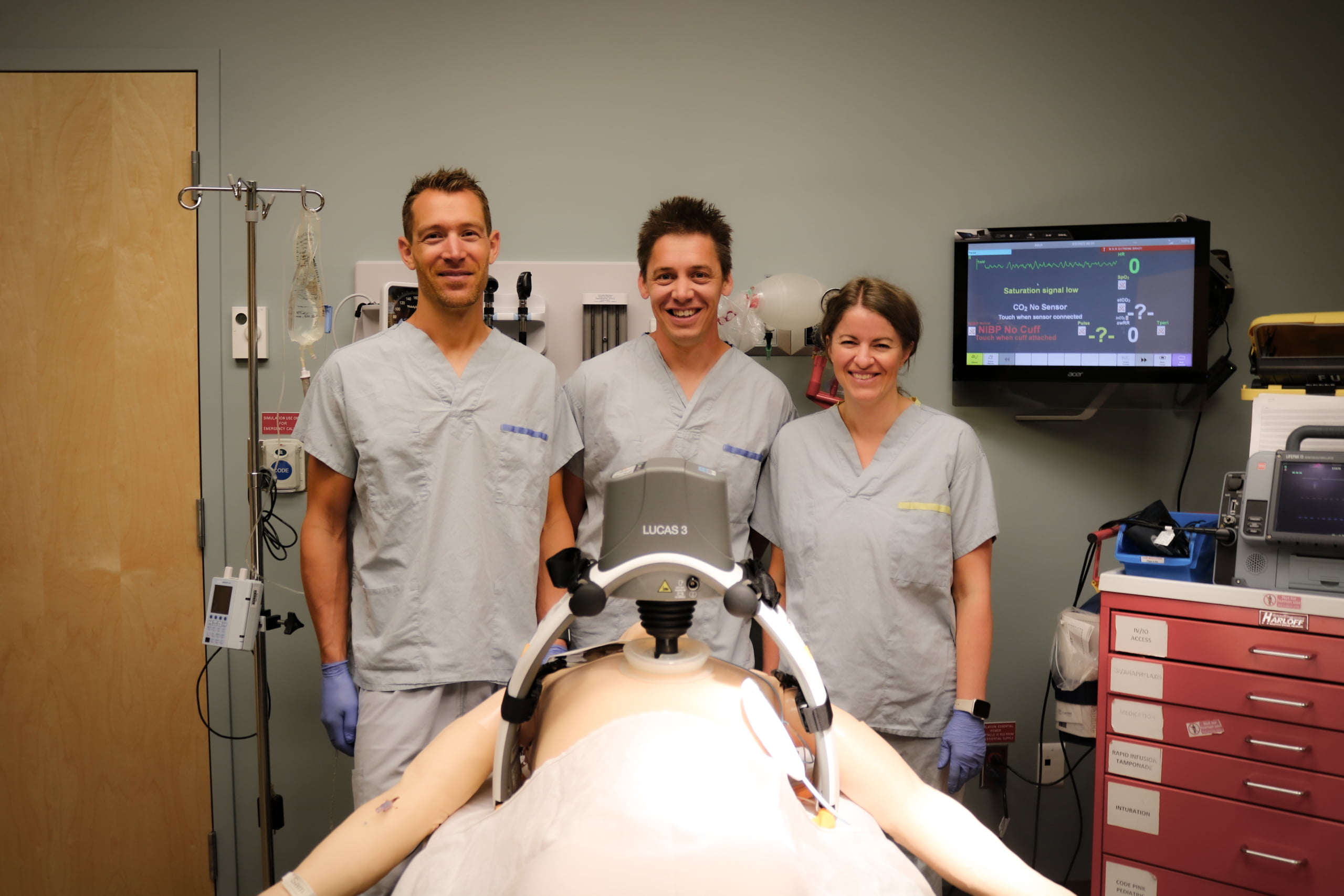
Advancements in medical technology can truly revolutionize acute care. However, implementing and integrating these innovative technologies into busy medical settings can be challenging, especially for equipment intended for use in high-pressure emergency situations.
This is why the Pritchard Simulation Centre at Kelowna General Hospital (KGH) is so incredibly valuable. In 2012, the Colin and Lois Pritchard Foundation gave a generous gift to fund the Centre, which bears their name. The Centre is a dedicated space where KGH practitioners and medical learners can train and practice their skills in advanced life support techniques and the use of innovative medical devices.
This past year, a significant estate gift to the KGH Foundation added three life-saving pieces of training equipment to the Centre. Now, KGH critical care and emergency practitioners can keep their skills sharp by undergoing simulation-based training on these new devices.
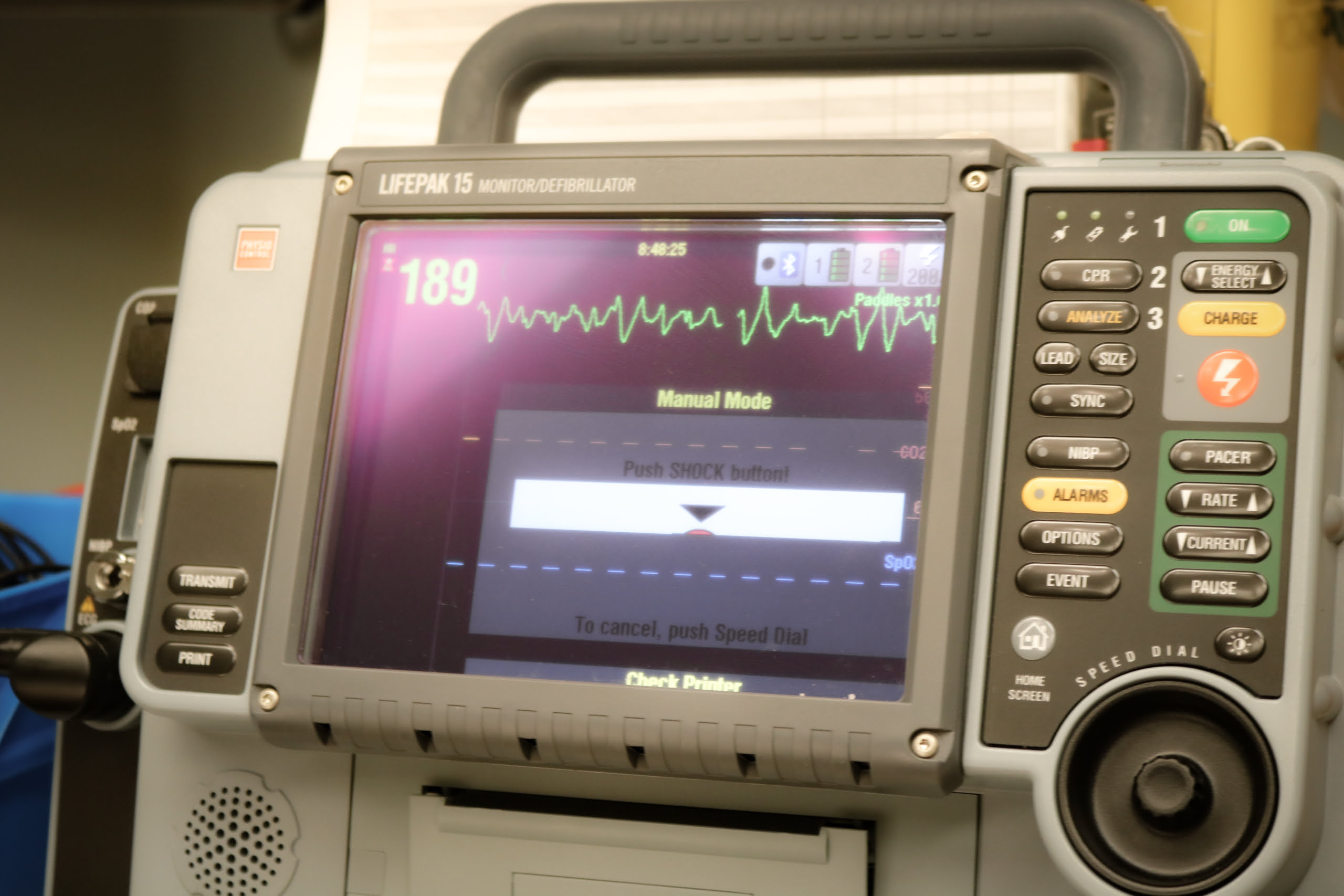
Two of the devices work in tandem: the Lifepak 15 defibrillator and the LUCAS Chest Compression System. “The Lifepak 15 is an important addition to the Simulation Centre because it is the machine used throughout Interior Health and correct use saves lives,” explains JoAnne Slinn, RN, and Regional Knowledge Coordinator for the Simulation Centre. “Previously we only had an older defibrillator to use for staff training, so when they got into the field, they had to adjust to the differences with the Lifepak 15, which could be problematic in a time-sensitive situation.”
The LUCAS Chest Compression System is an automatic compression system that provides high-quality CPR for patients in cardiac arrest.
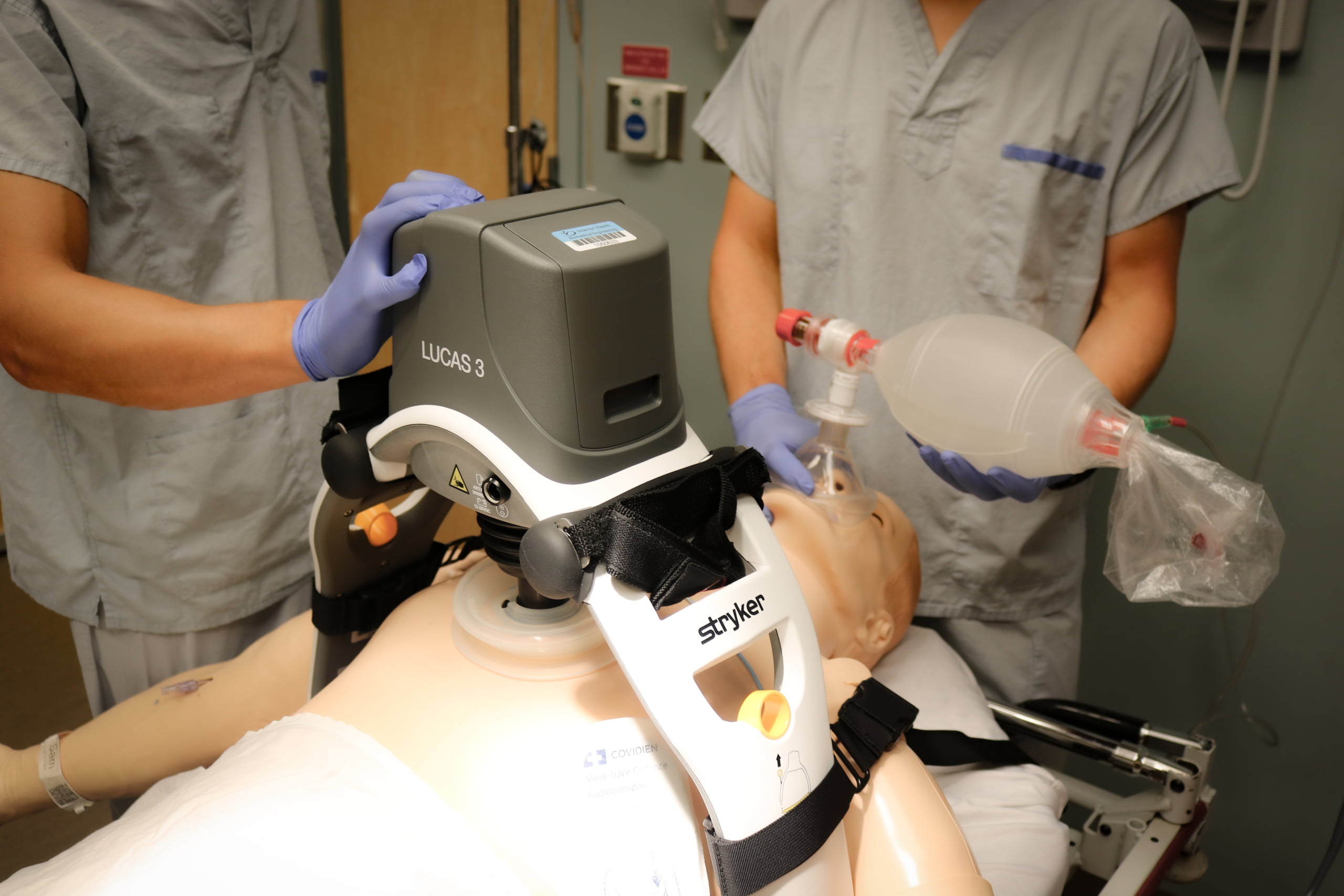
Dr. Neil Long, Emergency Physician at KGH speaks passionately about the impact of the LUCAS device, “Before, you could have a patient in a cardiac arrest, and you would need a queue of five nurses to do CPR. The LUCAS device can take over for that. When it is in position, it gives accurate CPR at the right rate, does the pauses at exactly the right time and frees up the staff to do other vital tasks once the device is on the patient.”
Dr. Long continues, “In a chaotic emergency situation, the LUCAS device helps buy us the critical time to think so that we can determine what the root cause of the patient’s cardiac arrest is and more quickly establish our next steps.”
CLEARING THE AIR(WAY)
Sometimes, there is a challenge with passing a tube into the airway during the skill of intubation. In these situations, a thin tube with a camera at the end called a bronchoscope can be used. During the procedure, the bronchoscope and breathing tube are passed through the nose or mouth, down the throat and into the lungs to assist patients who are experiencing difficulties breathing on their own. This is a time-sensitive procedure that can lead to significant medical distress if there are delays.
A specialist bronchoscopy trainer simulates this delicate and life-saving procedure with fibre optic technology. The acquisition of this novel piece of equipment for the Simulation Centre allows physicians and medical trainees to safely practice and fine-tune these skills with no risk to patients.
“The replica video bronchoscope is connected to a desktop sensor,” explains Dr. Jared Baylis, Simulation Medical Director, and Emergency Physician at KGH. “The sensor registers the movement of the insertion tube and translates this into a three-dimensional virtual airway displayed on the screen. It allows for virtual practice, meaning we do not require an actual patient or manikin, and provides instant feedback results.”
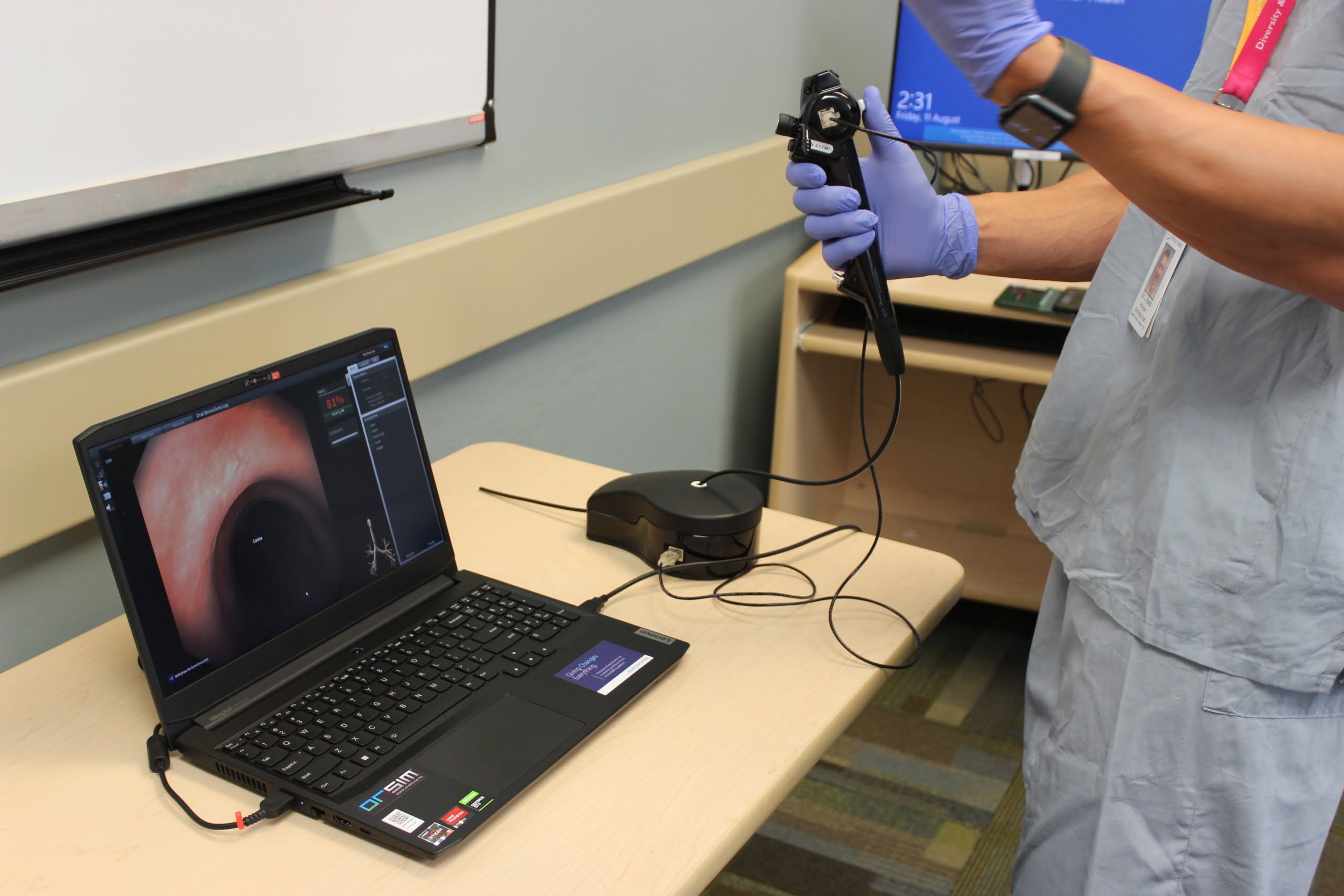
The benefits of the Pritchard Simulation Centre environment and the new equipment have an impact beyond KGH. The Centre used the training devices during the inaugural UBC Emergency Resident Procedure Day, where over 50 emergency specialist physicians in training were able to practice various life-saving procedures using the LifePak 15, LUCAS device, and bronchoscopy trainer in simulation settings. “The benefits of these training tools are immeasurable,” says Dr. Baylis. “We are able to develop and enhance the skills and “muscle memory” of all our emergency specialists, whether current or future practitioners.”
The estate gift is one of several to the KGH Foundation, pushing the boundaries of medical excellence, and making a real difference in the lives of patients and their families, close to home. Dr. Long sums it up perfectly, “Donor support of innovative medical technologies that facilitate excellence in health care delivery is vital. These devices save lives. We are incredibly grateful for what philanthropy makes possible here at KGH.”

